This first thing you have to think of, is that you need to ensure that you are able to consistently hit a target, no matter if it is a bulleye?s eye, consistently for about 20 rounds. Your aim is to be able to hit a certain location consistently with just a few, 2?3 inches apart from each other. The reason for this is that you need to be able to practice some consistency, and have some familiarity with your bow. This method would be known to many more experienced shooters, but may be a new thing for novice hunters. It is advisable that when you get a new crossbow, you target practice for at least 100?150 bows, to gain some skill with the bow, and awareness of your method. Once that is done, then you can move on to sighting your crossbow.
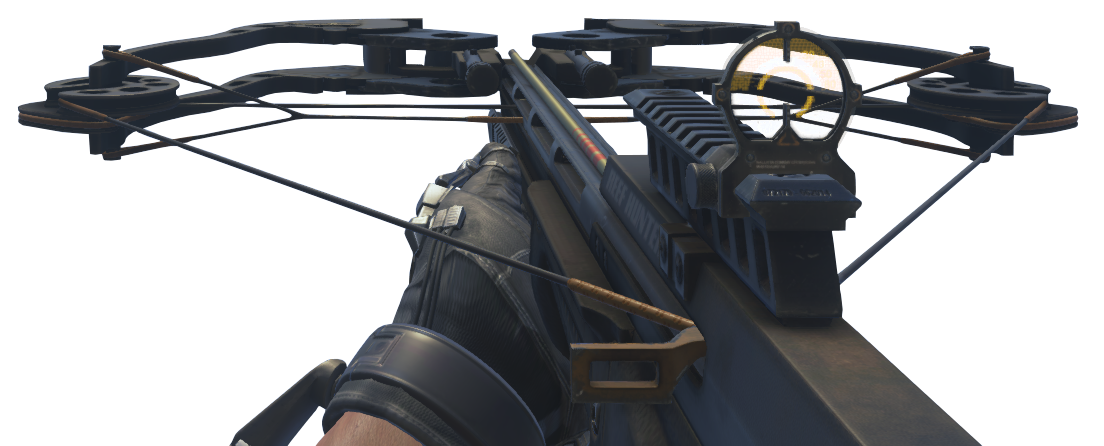
Sighting a crossbow is one of the most essential things to do when you are working with a crossbow. Even if you are borrowing or renting a crossbow, this needs to be done, because you need to modify the specifications to fit exactly your needs.
Here are a few expert tips that can be shared that will make this task easier for you, and to ensure that you are going in the right direction.
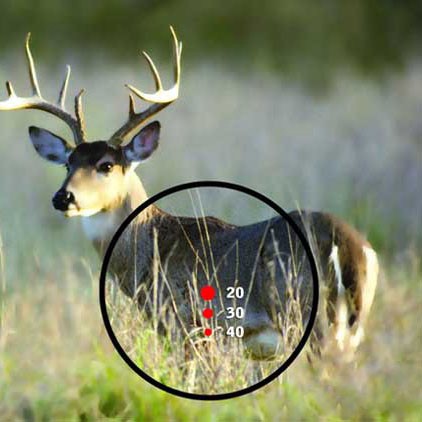
- Know the parts of the crossbow and sight. This knowledge will make it easier for you to take the next step forward, as well as, help understand the terminologies that will be mentioned here. You also want to make sure that you are able to go through the manual that comes with your crossbow and scope. The reason for the manual is so that you are able to know exactly the parts of your crossbow and scope, and know where they are located as not all crossbows and scopes are made the same.
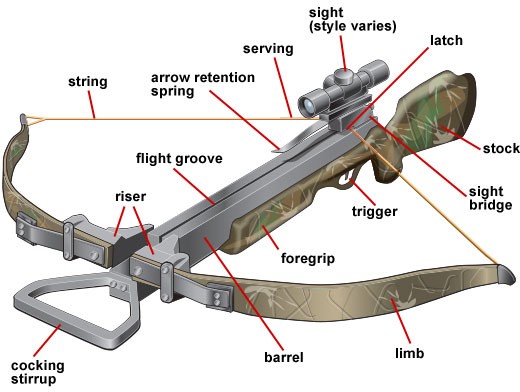
2. You would also need some basic equipment like a screwdriver to put the parts together, like mounting the scope to your crossbow. You would also like to have some binoculars so that you will be able to see, from a distance, the performance of your targets, and if you were able to target the spot consistently. This will save you a lot of time, instead of having to go back and forth, and seeing if you were on point or not.
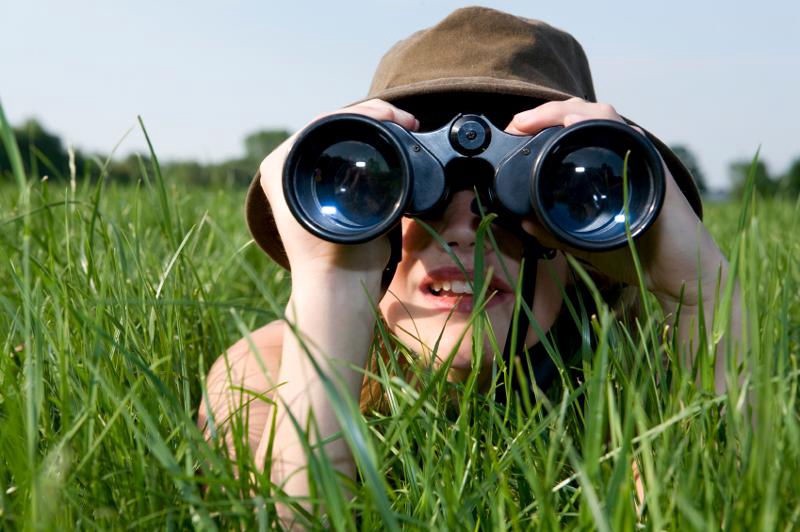
3. Have some arrows, so that you have something to practice with. You won?t really be able to scope without any practice arrows. You also want to make sure that they are of the same make, kind and weight, so that you can practice on a consistent level, with not much external noise to think about.
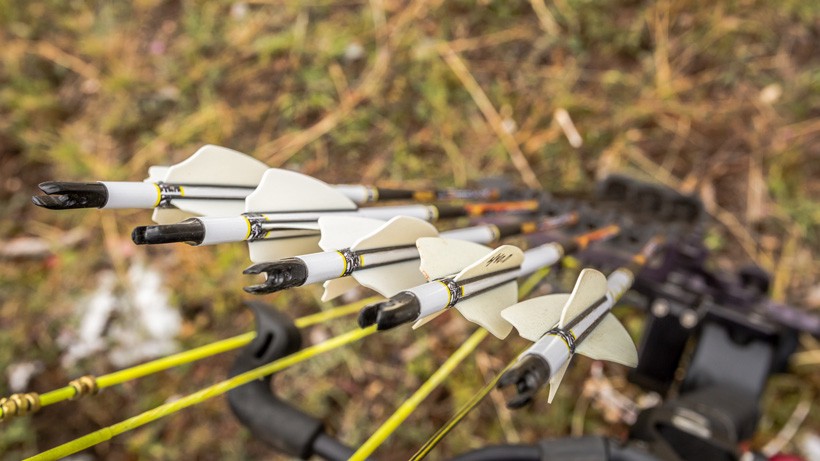
4. When handling your crossbow now, you need to calibrate. You then need to make sure you understand the parts of a scope. You have to know where the reticle or dot is. This is the center of your focus, or even the top most circle, and that is your starting point. You want to start with the center dot, and you fix your target at 20 yards. Shoot bows, until you are confident that you are able to hit the target where you have been aiming for, centered at your view.

5. Make some adjustments if necessary. There are knobs usually located at the side of the scope, that allow you to adjust for where your arrow is pointing, either more to the left, or to the right, depending on how you notice the arrows are moving towards. On the top side of your scope, you will usually find the elevation adjustment knob. This knob will let you adjust if the arrow should be more up or down. These knobs usually are not immediately seen, you would have to remove the plastic covering, to be able to view the numbers inside the knobs, and be able to tweak and note of the final level adjustments. Remember when you were able to hit the same spot with a variation of not more than 3-inches? Okay, if that is not hitting the target, make adjustments to the right, left, up or down, to make sure you are able to hit the bulls? eye eventually. This may be the longest process of the whole preparation, but it is the most important. You cannot discount having the right target, because that really is the basis for your shooting in the first place.
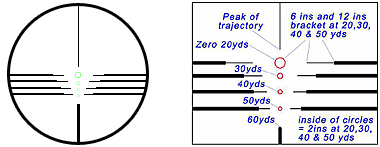
6. Now, many scopes come with only one dot, or reticle. However, there are other scopes that also come with more dots. The primary target is to have that one centered dot, that will be good for up to 20 yards. The additional dots found lower than the dot are to help guide the shooter for futher distances, and each point lower than the original dot represents a further distance of 10 yards. So, for example, there is one dot below, that is good for a 30 yard distance, another dot below that, meaning 3 dots already, and that is good for 40 yards, and so on. There usually is a maximum of 4 dots, for up to 50 yards.
Now, if there is only one dot, you can actually calibrate it to your liking. If you prefer to shoot and target from a distance of 30 yards, or even further, that is not a big issue actually. You just follow the same steps as if you are going for 20 yards.
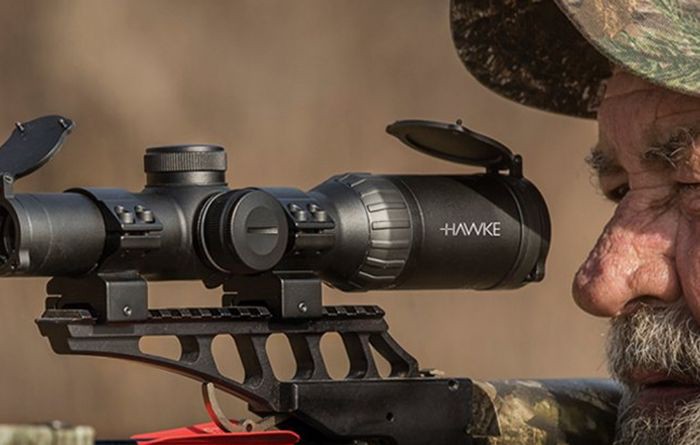
7. It looks like you are ready! Well, almost, but not completely. While you now know that you have your target in place, and you have ?zero?-ed in on your target, and it has taken a while, based on your experience with the steps above, you definitely want to make sure that your setup stays consistently that way, right? This is where the care comes in. First, know where that plastic cover for your knobs are at all times. Also, make sure that your crossbow, and scope are placed in protective places where there is not a lot of impact, so that you not only prevent damage to it, you are also protecting it from needing to recalibrate every time you want to use it.
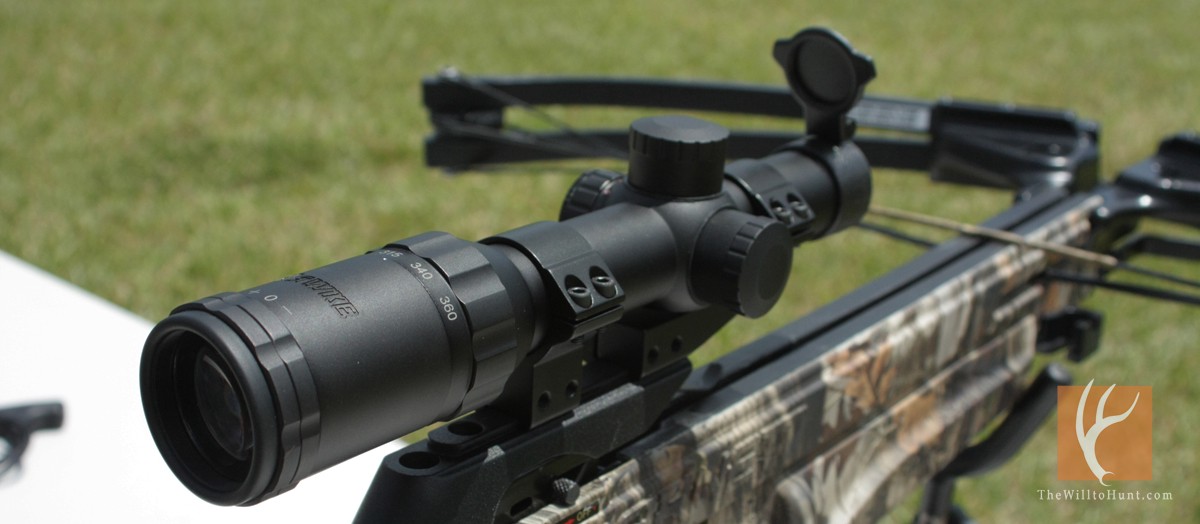
So, here are the steps that experts have given to hunters who want to sight a crossbow scope, whether they have had experience of not. Sometimes, A nice website about outdoor Hunthacks.com even experienced hunters tend to forget at least one of these steps, especially for the extra care, like the rubber caps of the knobs. That is actually a problem that many hunters face. Some people also have that issue like not having binoculars handy when practicing target shooting, and find themselves having to go back and forth, or having someone point it out to them. Having another person so near the target can actually be quite dangerous as well. Overall, have a checklist based on the steps enlisted above, and you should be fine.
Finally, if you are able to go through these steps with much care, you will be able to keep your crossbow and scope calibrated for many years, some people are even able to just calibrate it one time for the entire duration and time that they will be keeping, and using the crossbow.


